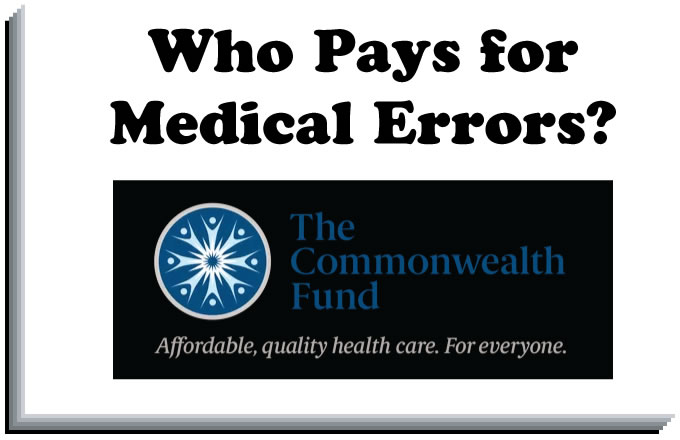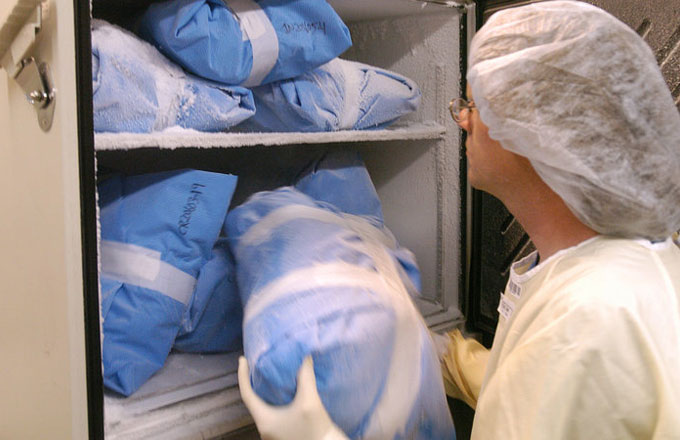OBJECTIVE:
The primary objective of this study was to quantify the differences in the prevalence rate and costs of hospital medical errors between the general population and an elderly population aged ≥65 years.
METHODS:
Methods from an actuarial study of medical errors were modified to identify medical errors in the Premier Hospital Database using data from 2009. Visits with more than four medical errors were removed from the population to avoid over-estimation of cost. Prevalence rates were calculated based on the total number of inpatient visits.
RESULTS:
There were 3,466,596 total inpatient visits in 2009. Of these, 1,230,836 (36%) occurred in people aged ≥ 65. The prevalence rate was 49 medical errors per 1000 inpatient visits in the general cohort and 79 medical errors per 1000 inpatient visits for the elderly cohort. The top 10 medical errors accounted for more than 80% of the total in the general cohort and the 65+ cohort. The most costly medical error for the general population was postoperative infection ($569,287,000). Pressure ulcers were most costly ($347,166,257) in the elderly population.
LIMITATIONS:
This study was conducted with a hospital administrative database, and assumptions were necessary to identify medical errors in the database. Further, there was no method to identify errors of omission or misdiagnoses within the database.
CONCLUSIONS:
This study indicates that prevalence of hospital medical errors for the elderly is greater than the general population and the associated cost of medical errors in the elderly population is quite substantial. Hospitals which further focus their attention on medical errors in the elderly population may see a significant reduction in costs due to medical errors as a disproportionate percentage of medical errors occur in this age group.
National Center for Biotechnology Information, U.S. National Library of Medicine










